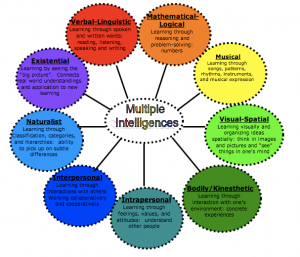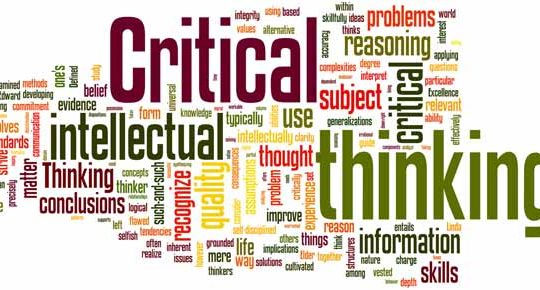by Dr. Larry Ruddell, Dean Belhaven-Houston
Dr. Joseph Flowers spoke on “Basic principles and practices for teachers of non-traditional adult students” at the annual Christian Adult Higher Education Association (CAHEA) conference. We have several good articles on instruction in this blog, but it always good to review and remind.
Dr. Flowers started by emphasizing that our roll in teaching is not necessarily to “teach” students but to “create an environment for learning.” Thus, people with different strengths and gifts can “help students learn.” A small few have the gift of teaching and can lecture effectively because of that gift. Others bore students after ten minutes of lecture but can help students learn through a number of other class activities.
Flowers reviewed the basics about andragogy but went further to introduce three “radio stations” (two of which are pertinent) that helped explain adult learners and their perspectives. The first station is “WII-FM” which stands for “What’s in it for me?” It highlights the importance of relevance in instruction, answering questions like; “why do students need to know this information, how will it benefit them, how can they use it in practical ways, and do students know what to expect?”
In other words, students need to see value in what they are learning, so as instructors, we always need to be building bridges between the course material and how the knowledge can impact students. As Flowers points out, “adults feel the application of information is the primary motivation for undertaking the learning project.”
The more the instructor has experience in the topic covered and relate professional experiences and evaluate course content based on actual professional experiences, the better for students. So, we as instructors should bring this experience into the classroom each week.
The second channel covered by Flowers is “MMFG-AM” which stands for “Make me feel good about myself.” In other words, “instructors should value the learners’ life experiences.” So, as instructors, we must walk the line between covering the course material and valuing and encouraging the individual student. Respect is critical. We must always keep in mind that advanced degrees don’t make us better than anyone else. We must value the experiences of our students whether working in major corporations, small businesses, non-profits, churches or educational settings.
Part of making “students feel good” is mentoring them in personal responsibility and confidence in their ability to perform. A “well done” when a student knows a professor maintains high expectations for performance actually means something versus a platitude for “participating” by submitting an assignment. In fact, when I’m fishing for something positive to say about a lackluster paper, I’ll write at the end of the comments, “glad you were able to submit something.” It sounds trite but depending on the week, it may have been all the student could do to just submit their assignment so even that effort, even though not highly lauded, should be acknowledged.
You want students to complete assignments but hopefully can give them flexibility in how they handle assignments based on their own interests and goals for learning. As Fisher points out, “adults need to be independent and direct their own learning.”
Finally, make sure to chunk material together so it can be memorable. Do not rely too much on PowerPoints. Include three modes of learning; auditory, visual, and tactile. And “tell, show, and experience.”
So, we removed some basic principles of teaching adults from Dr. Joseph Flowers who presented at this year’s annual CAHEA conference. Hopefully some of these points are good reminders for continued success!






